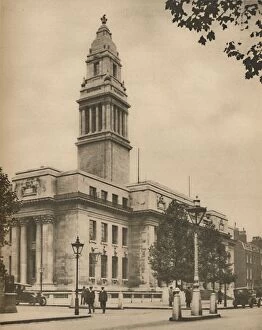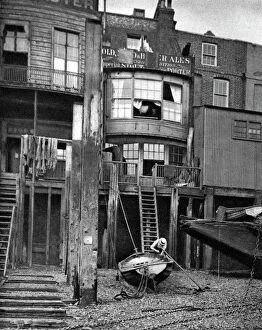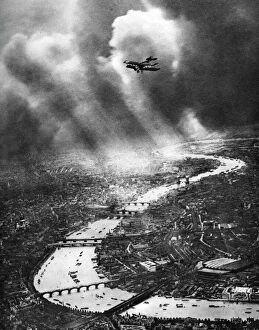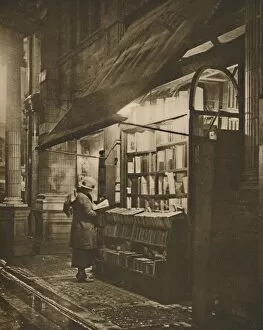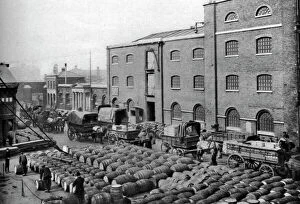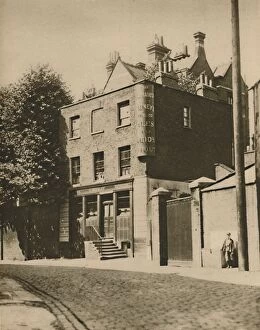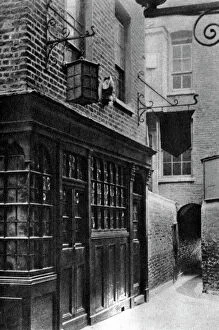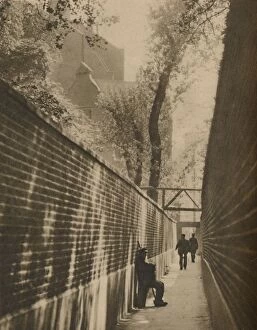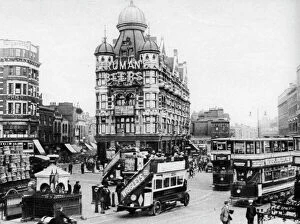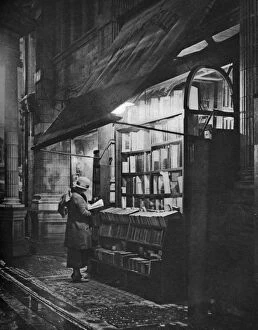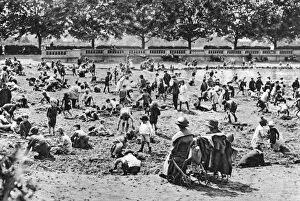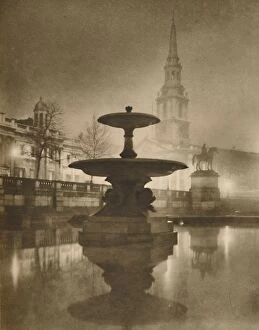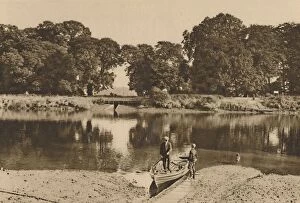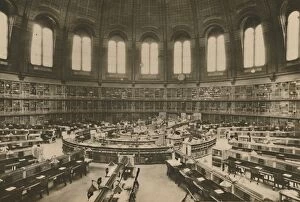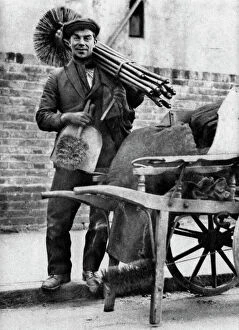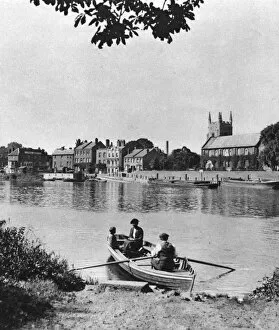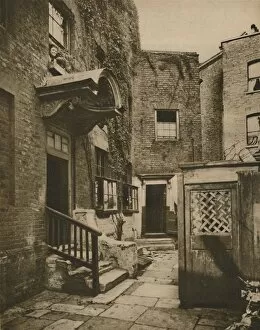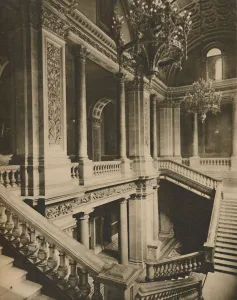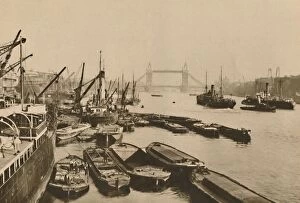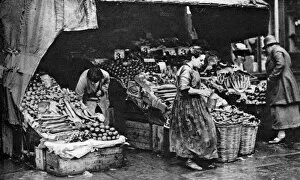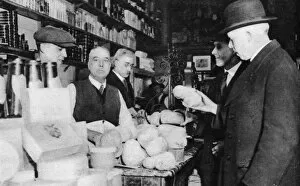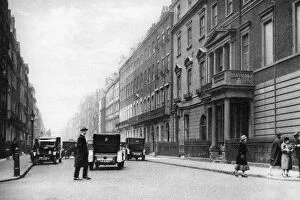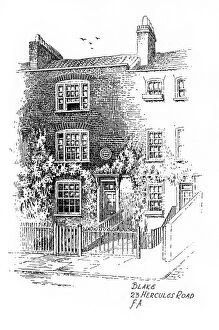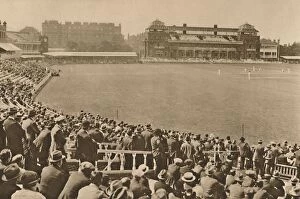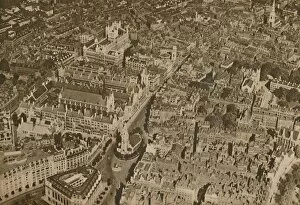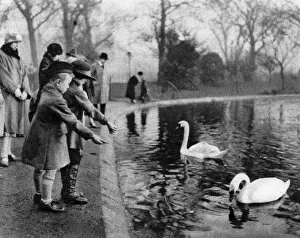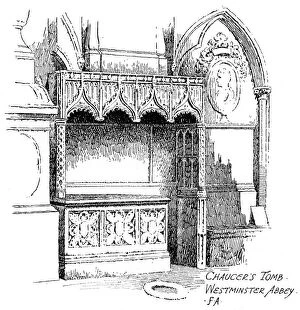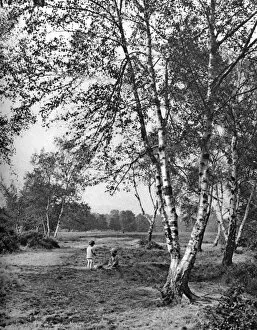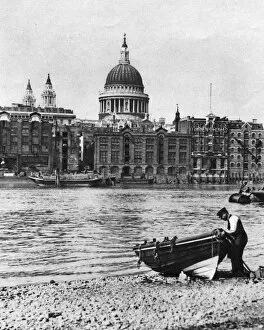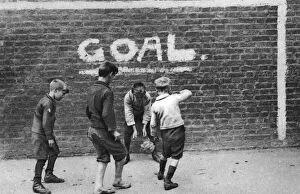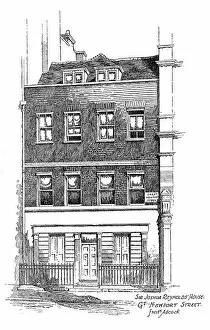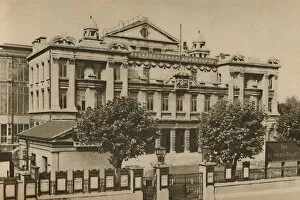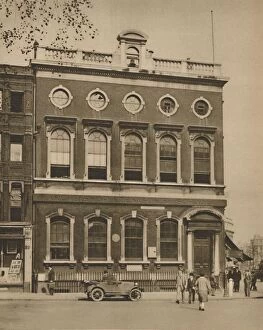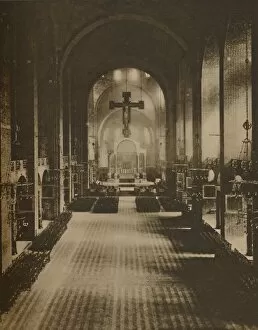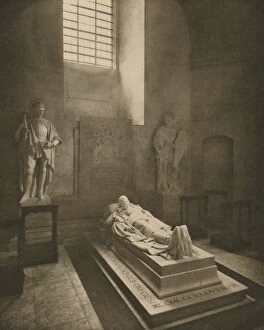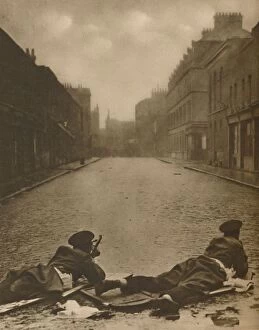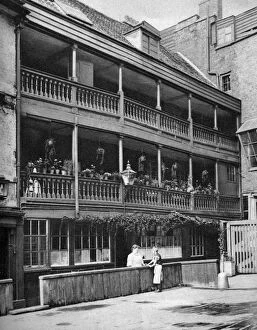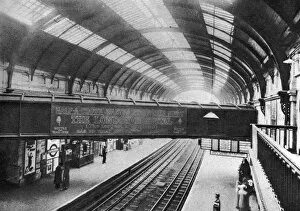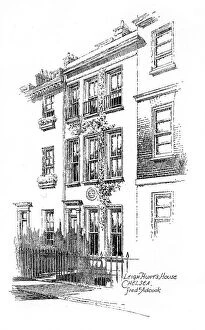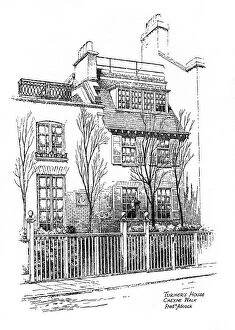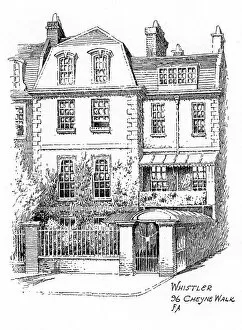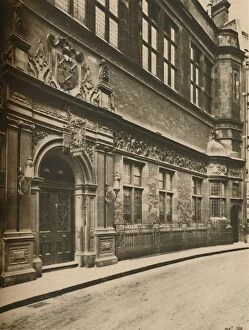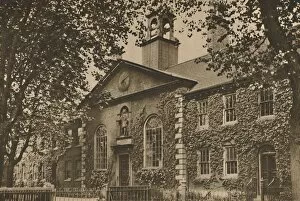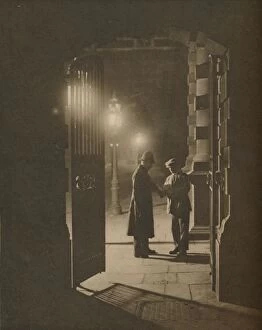Arthur St John Adcock Collection
Arthur St John Adcock was a keen observer of London's vibrant and ever-changing landscape
For sale as Licensed Images
Choose your image, Select your licence and Download the media
Arthur St John Adcock was a keen observer of London's vibrant and ever-changing landscape. His lens captured the essence of the city, from its iconic landmarks to its hidden gems. In 1935, he immortalized the grandeur of Marylebone Town Hall, one of London's most eminent new buildings. The architectural marvel stood tall, a testament to the city's progress. But Adcock didn't just focus on monumental structures; he also found beauty in everyday scenes. In 1926-1927, his lens turned towards an old pub nestled along the River Thames. Its weathered facade told stories of countless patrons who sought solace within its walls. Adcock had a knack for capturing moments that evoked emotions and stirred imaginations. One such instance was a wet winter evening in Bloomsbury, where a book lover found refuge amidst rain-soaked streets. The image transported viewers into this literary haven, igniting their own passion for words. The Grenadier in Wilton Mews held another tale - once frequented by coachmen seeking respite after long journeys through bustling streets. Adcock's photograph immortalized this historic spot before it faded into memory. His lens took us beyond city limits too - barrels of molasses at West India Docks showcased London's connection to global trade in 1926-1927 while Captain Alfred G Buckham's aerial view offered breathtaking perspectives over the sprawling metropolis. Adcock also appreciated the charm of traditional establishments like The Mitre tavern and The Elephant and Castle pub – both serving as community hubs where locals gathered for camaraderie and merriment. Not limited to urban landscapes alone, Adcock ventured into nature with his camera as well. Bishops Park in Fulham became his canvas when he stumbled upon children playing joyfully in a sand pit during those same years. In contrast to these lively scenes were moments frozen in time – night rain turning pavements into pools of reflections, creating a surreal atmosphere.

